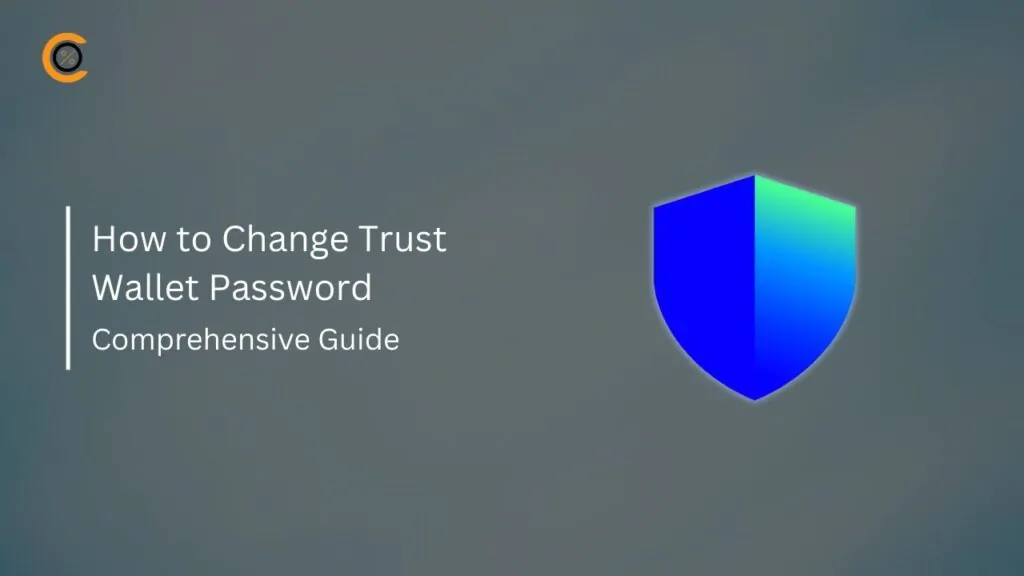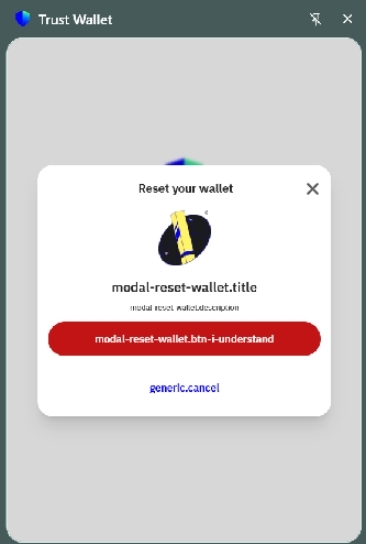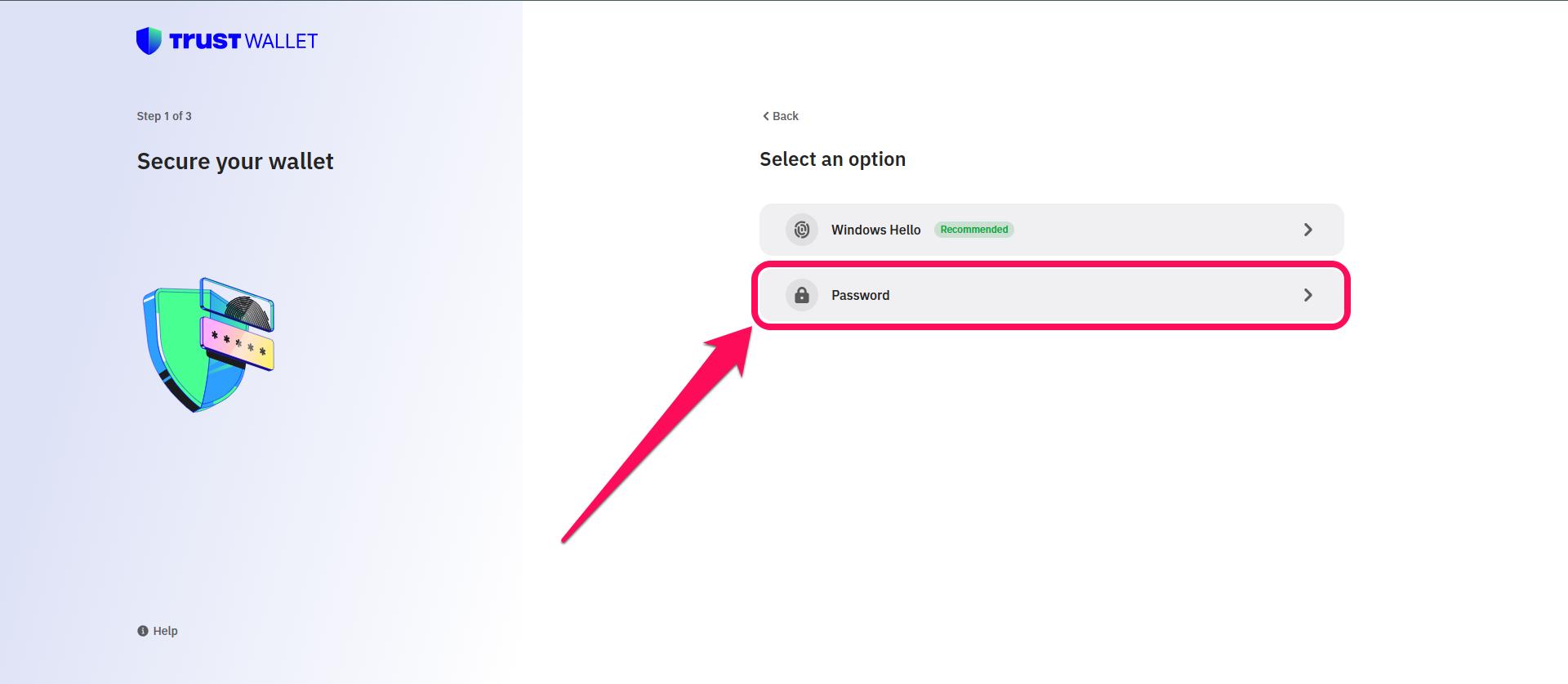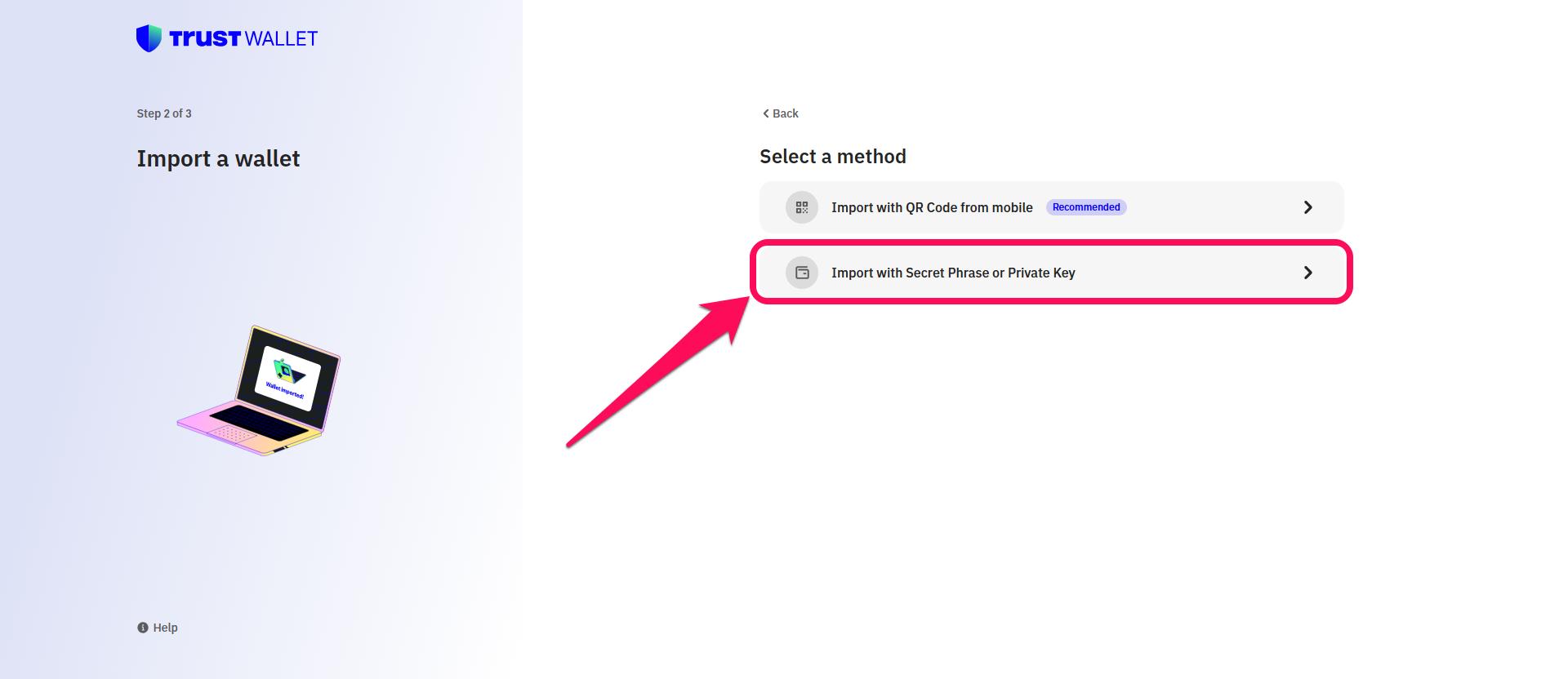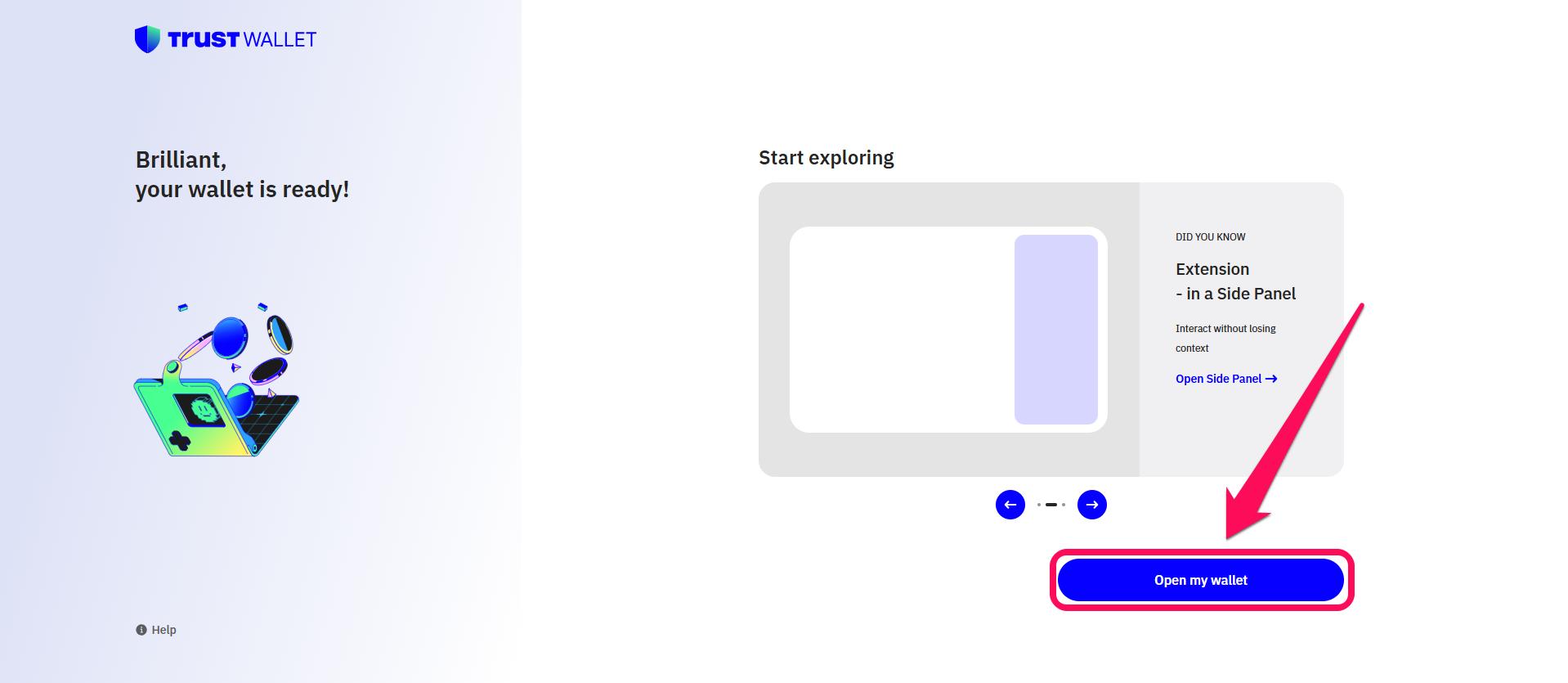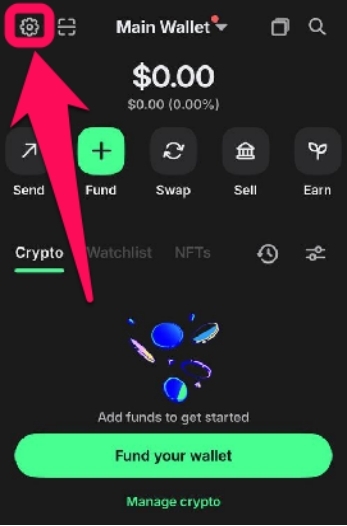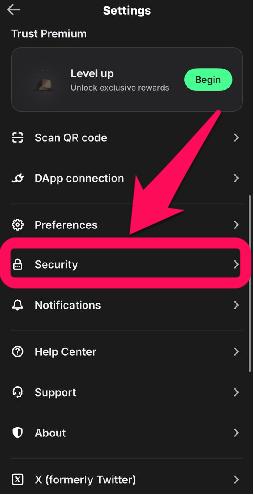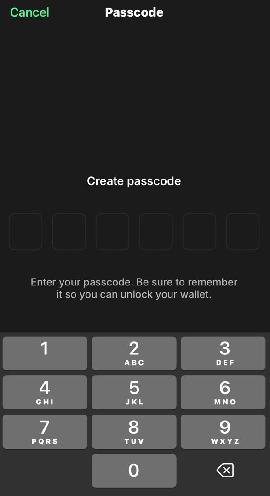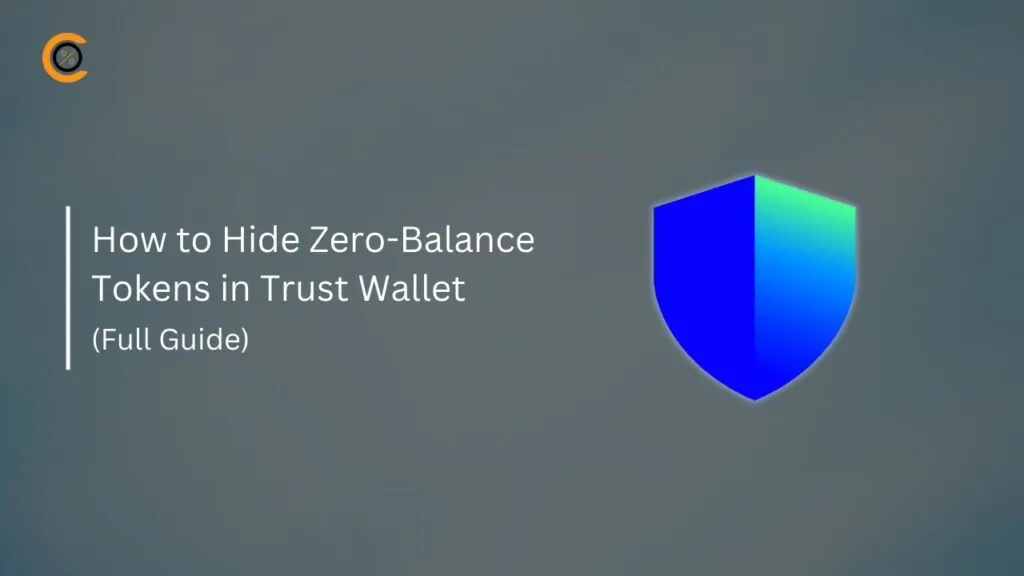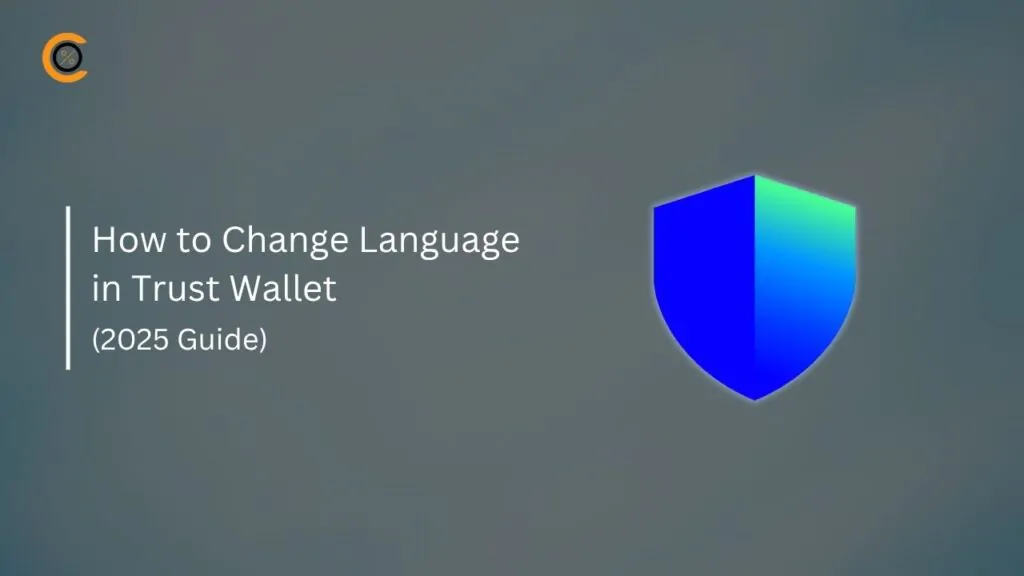- •You can change your Trust Wallet security passcode at any time if you suspect your wallet is compromised.
- •Changing your PIN doesn’t affect your funds or secret recovery phrase.
- •You’ll need your Secret Recovery Phrase to change Trust Wallet password in the browser extension, so ensure it’s backed up.
You can open your Trust Wallet to make a quick trade, and your mind goes completely blank when it’s time to input your password. Or perhaps you’re just worried that someone looked over your shoulder the last time you logged in. Whatever the reason, keeping your Trust Wallet secure is still your responsibility, and updating the passcode every 2 to 3 months is a simple habit that helps. In this guide, we’ll show you how to change Trust Wallet password in both the browser extension and mobile app.
Can You Change Your Trust Wallet Password?
Yes, you can change your password (or passcode) in Trust Wallet at any time through the built-in passcode setting. This edit adds a layer of security without touching your private keys or coins. Trust Wallet uses a local 6-digit passcode/PIN in your mobile app and a password of at least 8 characters in the extension, along with a secret recovery phrase (SRP), for security and recovery.
You cannot edit SRP, but you’ll need it for account recovery and to reset your passcode if you ever forget it entirely. Additionally, since your passcode does not control your wallet’s private keys or blockchain, changing it has no impact on your stored funds. Still, changing your passcode is vital for the local security of your wallet on your device. The next section details how you’ll reset Trust Wallet’s passcode without losing funds.
Steps to Change Your Trust Wallet Passcode
Before you start, ensure you have your secret recovery phrase written down somewhere safe and accessible. You’ll need it if you want to change your Trust Wallet password in a browser extension, as the current version does not let you change a password in the traditional sense; you have to reset the wallet or reinstall the extension.
On the other hand, you may not need it for the mobile Trust Wallet passcode change, but you will need it if you ever get locked out.
Extension
Below are the steps to change your Trust Wallet security PIN on the browser extension:
Step 1: Open the Trust Wallet extension on your browser, and click Reset Wallet on the lock page.
Step 2: Select “I Understand” to proceed with the wallet reset.
Step 3: On the pop-up page, check the box to agree to the Terms of Use and Privacy Policy. Then click “I already have a wallet” to proceed.
Step 4: Next, select “Password” as your wallet security type to set a new password.
Step 5: Create a new password with at least 8 characters, confirm it, and then click Continue.
Step 6: Select the wallet you want to import from; in this case, it’s Trust Wallet Mobile.
Step 7: Click on “Import with Secret Phrase or Private Key” as the import method.
Step 8: On the next page input the wallet name and carefully enter your 12-word secret recovery phrase. Then click Import when it detects the wallet linked to the phrase.
Step 9: Finally, click on Open my Wallet to access your funds and start using the new password.
Mobile App
It’s even easier to change Trust Wallet password in the mobile app. Follow the steps below to get it done:
Step 1: Open the Trust Wallet app and log in to your account.
Step 2: Tap the Settings gear in the top left corner.
Step 3: Choose Security, then enter your password.
Step 4: Toggle the Passcode switch off to reset your passcode.
Step 5: Turn it back on to enter a new password. Confirm the new password to save. You can also activate a biometric passkey if prompted to do so.
Bottom Line
One of the simplest habits you can build into your routine to add an extra layer of protection to your funds is to change Trust Wallet password regularly. Just make sure your SRP is stored somewhere safe and easily accessible to you, as it’s essential for recovery or reset if you forget your passcode. And if you’re not sure where to find it in the app, our detailed guide on how to find your Secret Recovery Phrase in Trust Wallet walks you through the process step by step.
FAQs
1. Does changing my password log me out of dApps?
No, password resets do not affect the connected dApps in your wallet. However, you’ll need to reconnect dApps if you reset your wallet via reinstall.
2. What to do if I forget my Trust Wallet password?
If you forget your passcode, you’ll need to reinstall the app and restore your wallet using the recovery phrase.
3. What happens if I lose my passkey in Trust Wallet?
If a passkey device is lost, users can still access their Trust Wallet accounts because passkeys are synchronized across the user’s ecosystem, such as Apple iCloud Keychain, Google Password Manager, or via a third-party password manager.


